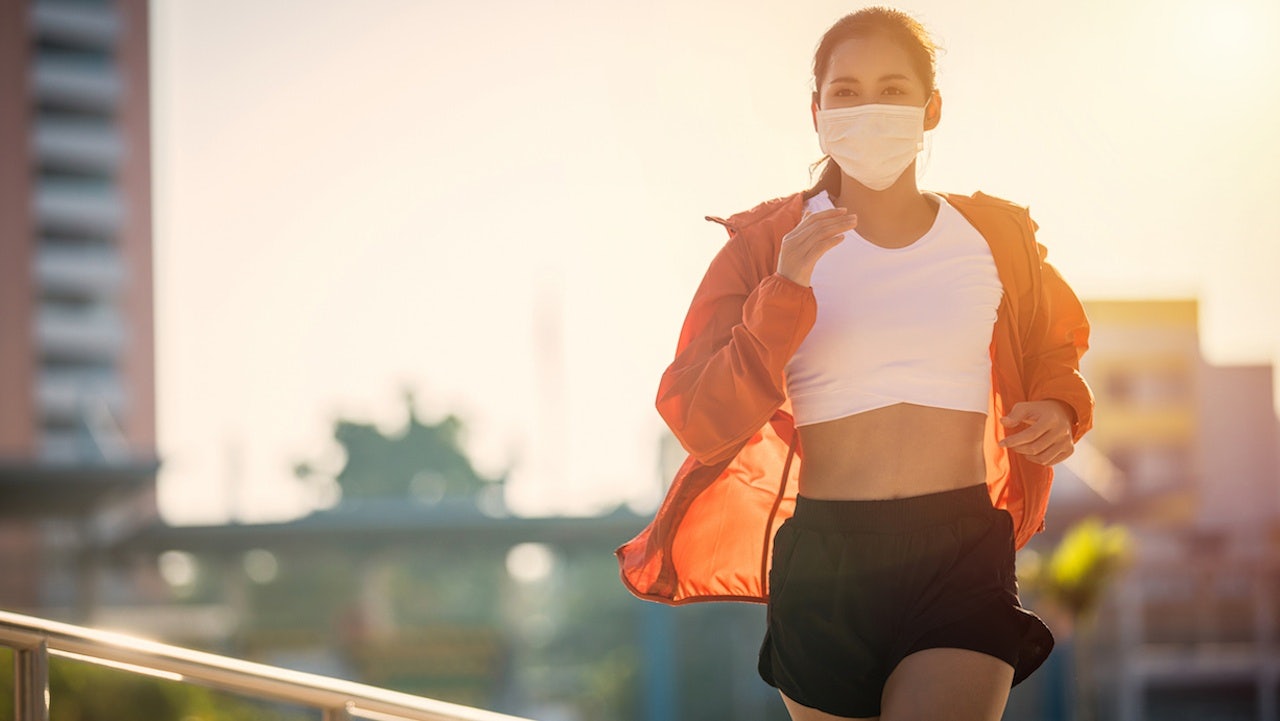At the end of February, the situation now in China is seeing signs of early spring, as workers return back to the workplace, luxury malls extend their operating time, and consumer conversations online show signs of cautious optimism. However, as the situation in China appears to be under better control, the COVID-19 virus has spread across 50 countries, raising concerns of a pandemic. South Korea has become the most virus-hit country outside of China, while Italy has become the worst-hit country in Europe. As the global uptick in infections continues, brands have begun to sound an emergency alarm to boost their own immunity.
We gathered insights from the latest February reports from Boston Consulting Group (BCG), McKinsey & Company, and Kantar China, to give an overview of strategic alignment for companies to better survive through the COVID-19 crisis.
Prepare for the worst-case scenario#
It may take longer than expected for brands to bounce back to the pre-virus growth in China, so it’s necessary to conduct a proper evaluation of post-consumption sentiment. If the virus is contained properly, Kantar expects consumption rebound won’t happen until Mother’s Day (May 10th) and 520, another Chinese Valentine's Day. Different sectors of luxury goods, however, may each have different recovery times. “Consumers are more likely to spend money on affordable luxuries, for example, accessories of big labels,” predicted Jason Yu, Managing Director of Greater China, Kantar Worldpanel. “Yet the purchase of expensive watches or jewelry is likely to rebound to recover the previous losses occurred during Q1.”
The McKinsey report also predicted a similar recovery timeline. “In the base case, consumer confidence will take longer to return than economic restart…If disease peaks by April or May, recovery would start in 2H.” While BCG suggested companies look at three scenarios: a positive scenario estimates the virus can be contained by the end of February; around the end of March as the baseline scenario; before and after June as the pessimistic scenario.
Build a fast-response center#
Both McKinsey and BCG advise brands to build centralized leadership teams to survive the crisis. “Besides the basics on protecting employees and following health advisories, now is the time to establish a systematic nerve center to respond to the virus,” wrote McKinsey &Company in its latest report entitled COVID-19 Crisis Response, updated on February 14th, to “...ensure high decision authority to allow for speed for decisions.” Besides a central decision-maker, BCG suggests brands to develop teams specializing in evaluating crisis situations, communicating internally and externally, handling day to day operations to minimize cost, and preparing a fast recovery process as watched by the marketing and sales team.
For luxury brands, the challenge lays in how to react to a sharply decreased consumer demand, while sustaining cash flow, and projecting in three-month increments. “The first task is to assess the company’s financials in the potential scenarios and ensure that there is a robust response for supply chain, inventory management, working capital and balance sheet management,” McKinsey wrote.

The McKinsey report also gave a few tips for companies to boost their immunity, such as, financial-wise, conducting various scenarios to understand the financial and operational implications of a prolonged shutdown; supply chain-wise, optimizing limited production, determining the highest margin and highest opportunity cost; merchandise planning-wise, to measure the recovery by product categories and regions in China depending on how heavily affected they were by the virus outbreak.
Increase D2C touchpoints#
During the crisis, more and more consumers have turned to use apps and WeChat Mini Programs to shop. Needless to say, brands should increase D2C touch points on their apps, Mini Programs, and even WeChat groups.
McKinsey suggested brands to build an internal team dedicated to social marketing with relevant KPIs, or consider outsourcing it to a third party agency. Prada is one of the few luxury brands that have reacted fast, launching on Tmall this week to become even more accessible to consumers. Amid the overflow of information whirling about, KOLs have become, in a way, a curator of news and information for consumers, so leveraging their power to spread positive information is essential.
As for media investments, brands ought to shift to D2C-focused as well. The BCG report uses the L’Oréal group as a case study. Amid the virus, the beauty group has stopped all offline advertising in February and redistributed to only online, with an emphasis on mobile apps like Douyin and Taobao. The investment has shown early results —their live stream viewership on Taobao exceeded 70 percent on Singles’ Day. As the virus slowly winds down, the group plans to continue running ads online and on e-commerce; and depending on the recovery time by regions, to slowly increase celebrity-focused ads and offline displays accordingly.
The unexpected virus outbreak has acted as a mirror, reflecting problems brands may have had that are difficult to notice, or deal with, in the rush of day-to-day operations. Problems such as how agile brands are across departments and regions, or how savvy they are to adapt to a digital-first era in China. It has become a black swan event that can make or break a brand. How brands can turn these difficult challenges into opportunities and stay competitive remains to be seen.
